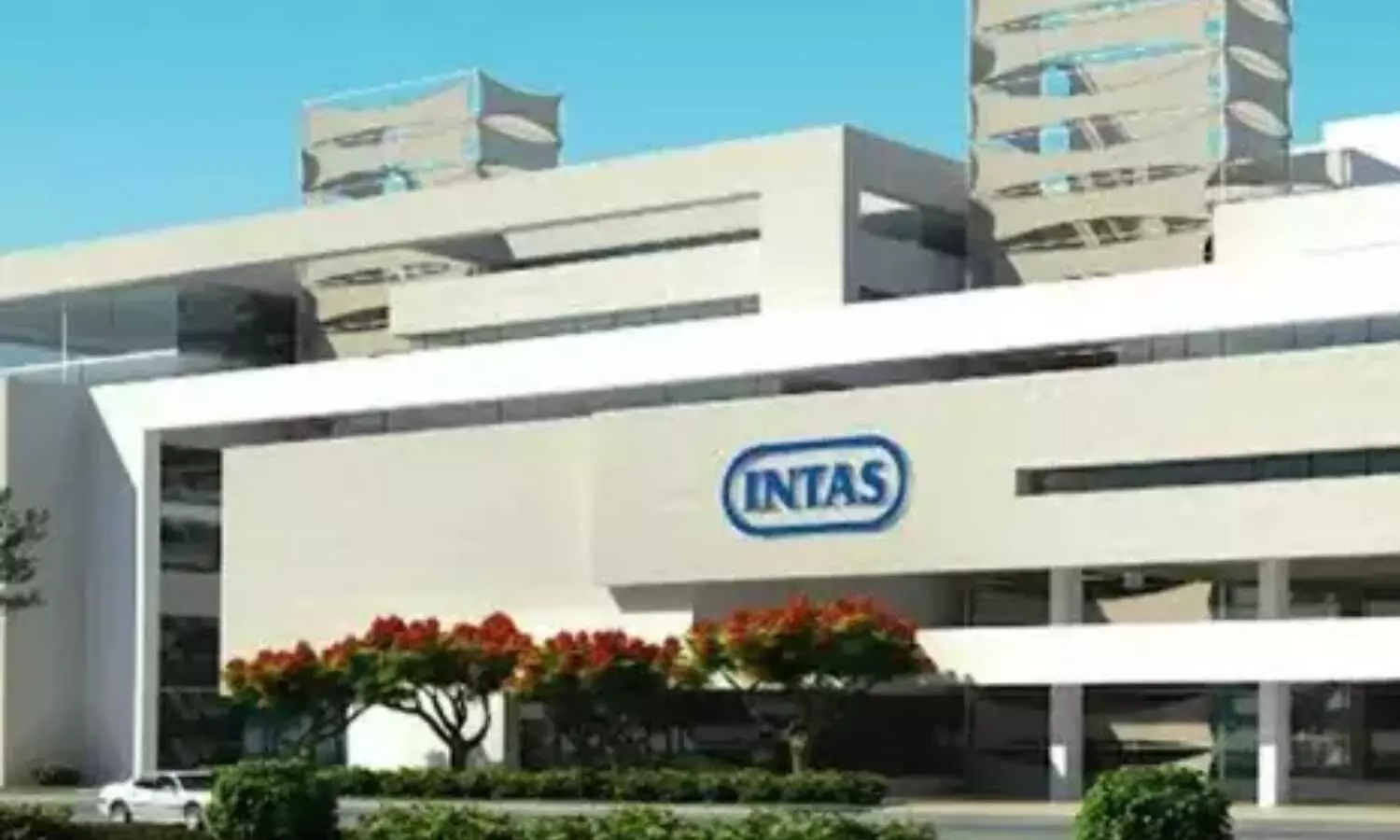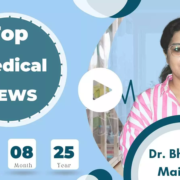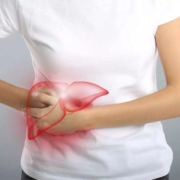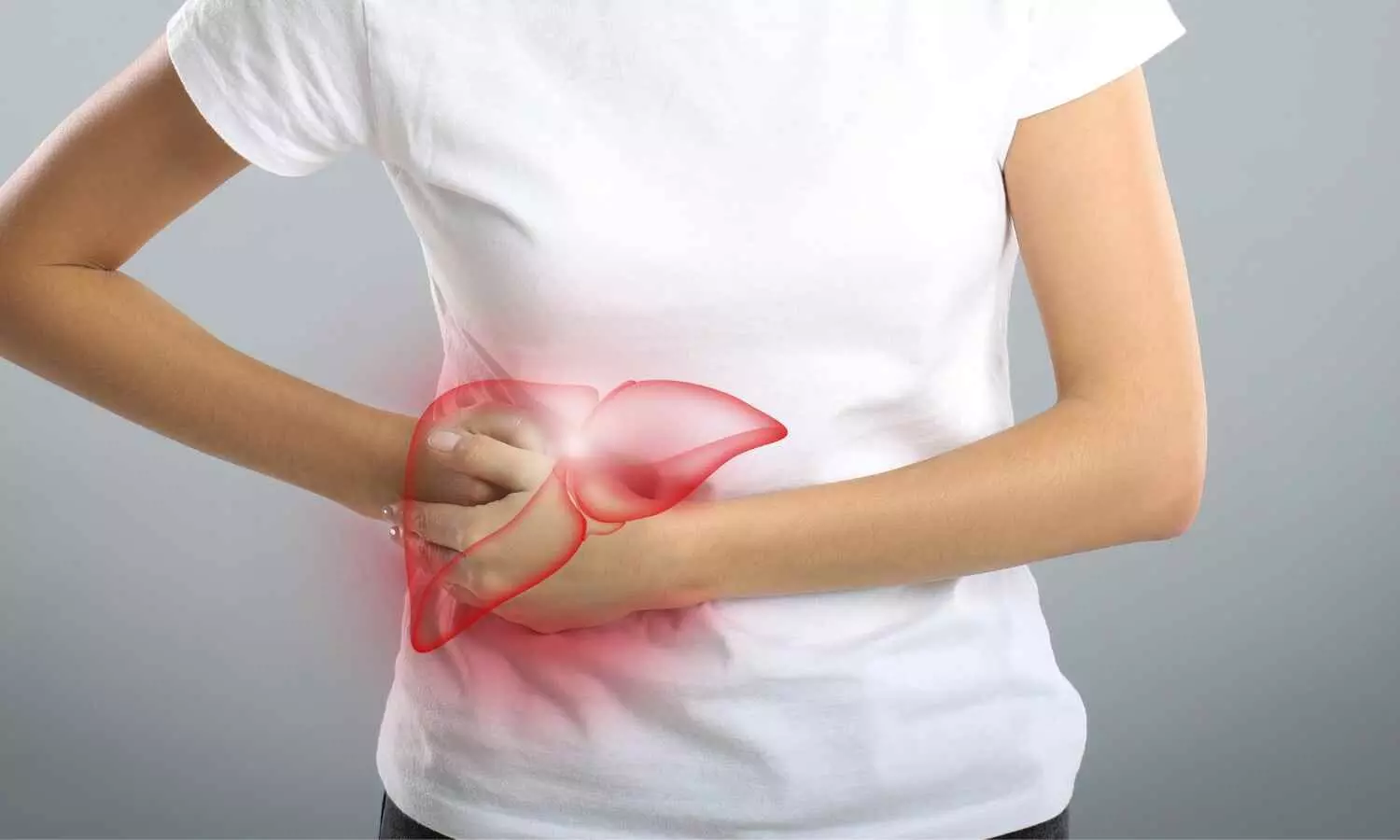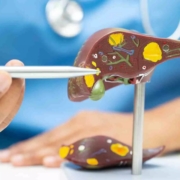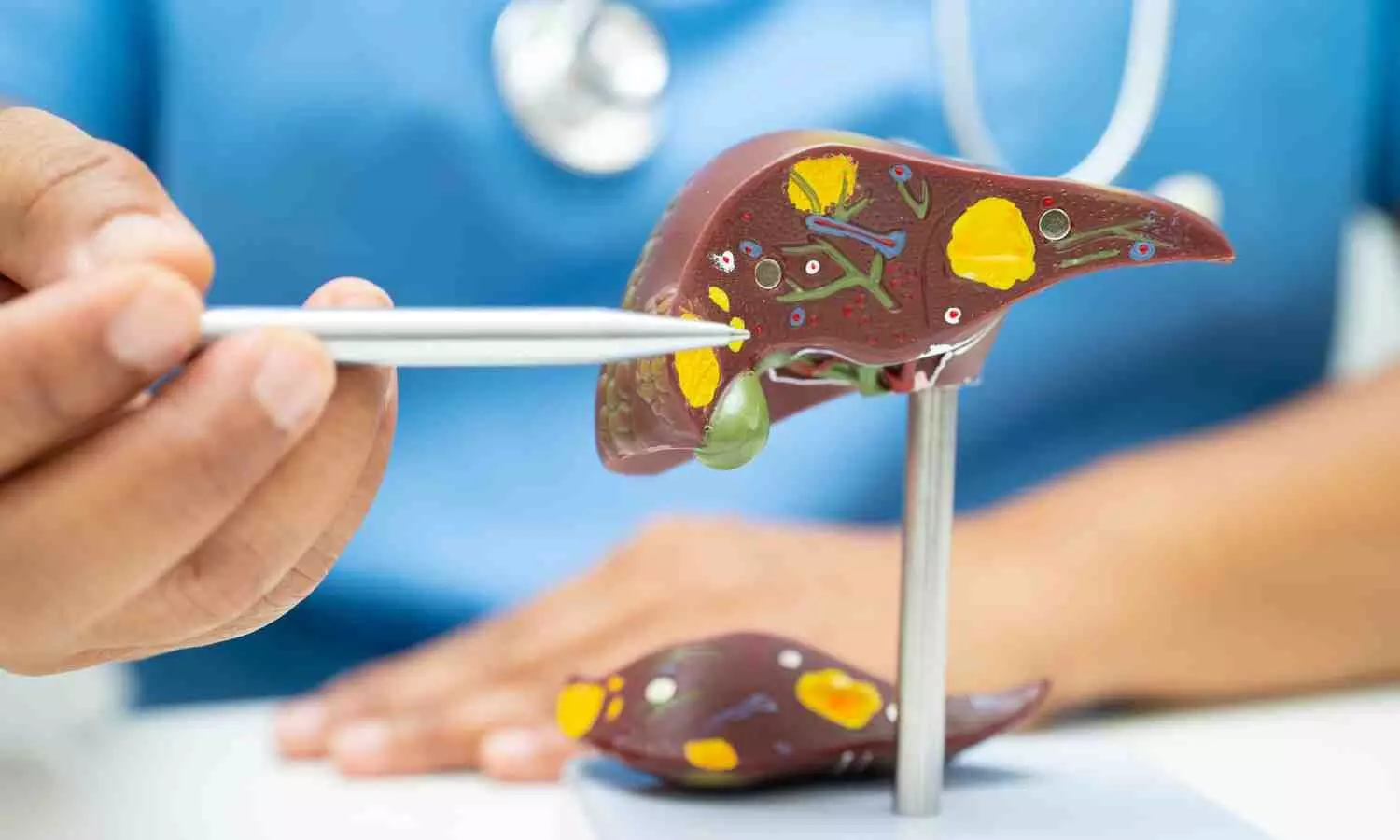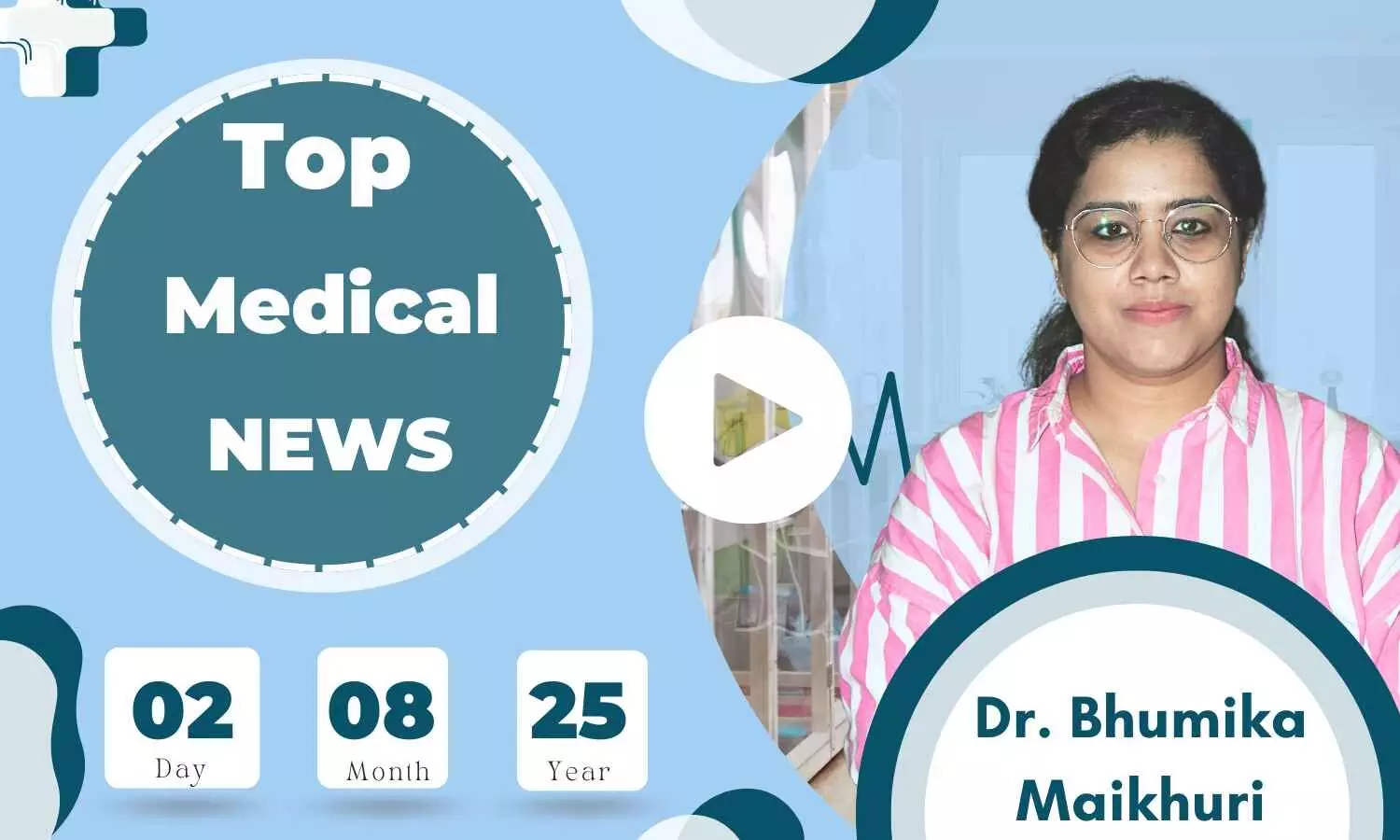
Here are the top medical news for the day:
Non-Invasive Saliva Test May Detect Early Signs of Diabetes and Obesity: Study Finds
A new study published in Applied Physiology, Nutrition, and Metabolism has found that insulin levels in saliva can be used as a non-invasive method to detect early signs of metabolic health issues, including Type 2 diabetes, obesity, and heart disease.
Hyperinsulinemia, or elevated insulin levels in the blood, is a well-established marker of poor metabolic health and a predictor of chronic diseases. While blood testing has been the standard, researchers now say that saliva testing could serve as a practical and less invasive alternative.
The study involved 94 healthy participants with a range of body sizes. After fasting, each participant consumed a standardized meal-replacement shake, provided saliva samples at multiple time points, and completed a finger-prick blood glucose test. Researchers found that individuals living with obesity had significantly higher saliva insulin levels compared to leaner participants, even though their blood glucose levels remained similar.
Dr. Hossein Rafiei, co-author of the study, highlighted another compelling finding: some lean participants also showed large spikes in saliva insulin after the meal. “The finding that some people who are lean have high insulin is intriguing. This indicates that saliva insulin may be more useful than measuring someone’s weight or waist size.”
The study also found that waist circumference had the strongest correlation with elevated saliva insulin, more so than BMI, age, or sex. “Our results also suggest that saliva insulin may be better than blood glucose at distinguishing between those who are more metabolically healthy and those who are more likely to live with hyperinsulinemia,” adds Dr. Rafiei.
Researchers hope this method could eventually lead to accessible screening tools that enable early interventions—well before chronic conditions take hold.
Reference: Hossein Rafiei and Jonathan Peter Little. 2025. Saliva insulin concentration following ingestion of a standardized mixed meal tolerance test: influence of obesity status. Applied Physiology, Nutrition, and Metabolism. 50: 1-8. https://doi.org/10.1139/apnm-2024-0532
Study Reveals Artificial Sweetener May Weaken Cancer Immunotherapy
A new study published in Cancer Discovery, a journal of the American Association for Cancer Research, has found that high consumption of sucralose—a common artificial sweetener—may impair the effectiveness of immunotherapy in cancer patients. Researchers reported that patients with melanoma or non-small cell lung cancer who consumed high levels of sucralose had worse outcomes and reduced survival compared to those with lower intake.
Sucralose is widely used as a sugar substitute in diet sodas, coffee, and other low-calorie foods. While often chosen for its ability to help manage blood sugar and weight, this new research suggests it may have unintended consequences for cancer patients undergoing immune checkpoint inhibitor therapies such as anti-PD1 treatment.
To explore this link, researchers used mouse models of adenocarcinoma and melanoma. They found that sucralose disrupted the gut microbiome, increasing bacteria that degrade arginine—an amino acid critical for T cell function. This reduction in arginine led to less effective immune responses and poorer tumor control. “When arginine levels were depleted due to sucralose-driven shifts in the microbiome, T cells couldn’t function properly,” explained lead author Dr. Abby Overacre. “As a result, immunotherapy wasn’t as effective in mice that were fed sucralose.”
However, the researchers also discovered a promising workaround. Supplementing sucralose-fed mice with either arginine or citrulline—a compound that the body converts into arginine—restored the effectiveness of immunotherapy. “That’s why it’s so exciting that arginine supplementation could be a simple approach to counteract the negative effects of sucralose on immunotherapy,” Overacre added.
To test the relevance in humans, the team analyzed dietary data from 132 cancer patients undergoing anti-PD1 therapy. Those with higher reported intake of sucralose-containing foods and drinks had consistently poorer responses across various cancer types and treatment combinations.
A clinical trial is being planned to test citrulline supplementation in patients receiving immunotherapy.
Reference: Kristin M. Morder, Madison Nguyen, Drew N. Wilfahrt, Zakaria Larbi. Dahmani, Ansen BP. Burr, Bingxian Xie, Michael Morikone, Hector Nieves-Rosado, William G. Gunn, Drew E. Hurd, Hong Wang, Steven J. Mullett, Kaitlin Bossong, Stacy L. Gelhaus, Dhivyaa Rajasundaram, Lawrence P. Kane, Greg M. Delgoffe, Jishnu Das, Diwakar Davar, Abigail E. Overacre-Delgoffe; Sucralose consumption ablates cancer immunotherapy response through microbiome disruption.. Cancer Discov 2025; https://doi.org/10.1158/2159-8290.CD-25-0247
New Tool Can Calculate Heart Age and Reveal Hidden Cardiovascular Risks: JAMA
Your heart could be aging faster than the rest of your body, according to new research published in JAMA Cardiology. The study, conducted by researchers at Northwestern University Feinberg School of Medicine, found that many U.S. adults have a “heart age” several years older than their actual age. The age gap, the researchers noted, is even more pronounced in men than in women.
To make these findings more accessible and actionable, the research team developed a free online tool called the PREVENT Risk Age Calculator. This tool estimates a person’s heart age based on key health information such as cholesterol levels, blood pressure, BMI, medications, smoking habits, and diabetes status. Instead of presenting risk as a percentage, the calculator expresses it as an age, making it easier to understand.
“Heart age, or PREVENT age, may be particularly useful for patients and clinicians and be more effective in preventing heart disease,” said senior author Dr. Sadiya Khan, the Magerstadt Professor of Cardiovascular Epidemiology at Northwestern. “It translates complex information about the risk of heart attack, stroke or heart failure over the next 10 years into a number that is easier to understand and compare with one we are all familiar with – your actual age.”
To validate the tool, researchers analyzed health data from over 14,000 adults aged 30 to 79 who had no prior history of cardiovascular disease. They calculated heart ages and compared them to the participants’ real ages. The findings showed that the average heart age among women was 55.4—nearly four years older than their chronological age of 51.3. Men, on the other hand, had an average heart age of 56.7, seven years higher than their chronological age of 49.7.
While Dr. Khan noted that a one- or two-year gap may not be significant, a difference of five years or more could be cause for concern. “We hope this new heart age calculator will help support discussions about prevention and ultimately improve health for all people,” he said.
Researchers acknowledged that the definition of “optimal risk” could affect results and that wider testing is needed to determine how easily the tool is understood and adopted in clinical settings.
Reference: Krishnan V, Huang X, Perak AM, et al. PREVENT Risk Age Equations and Population Distribution in US Adults. JAMA Cardiol. Published online July 30, 2025. doi:10.1001/jamacardio.2025.2427
